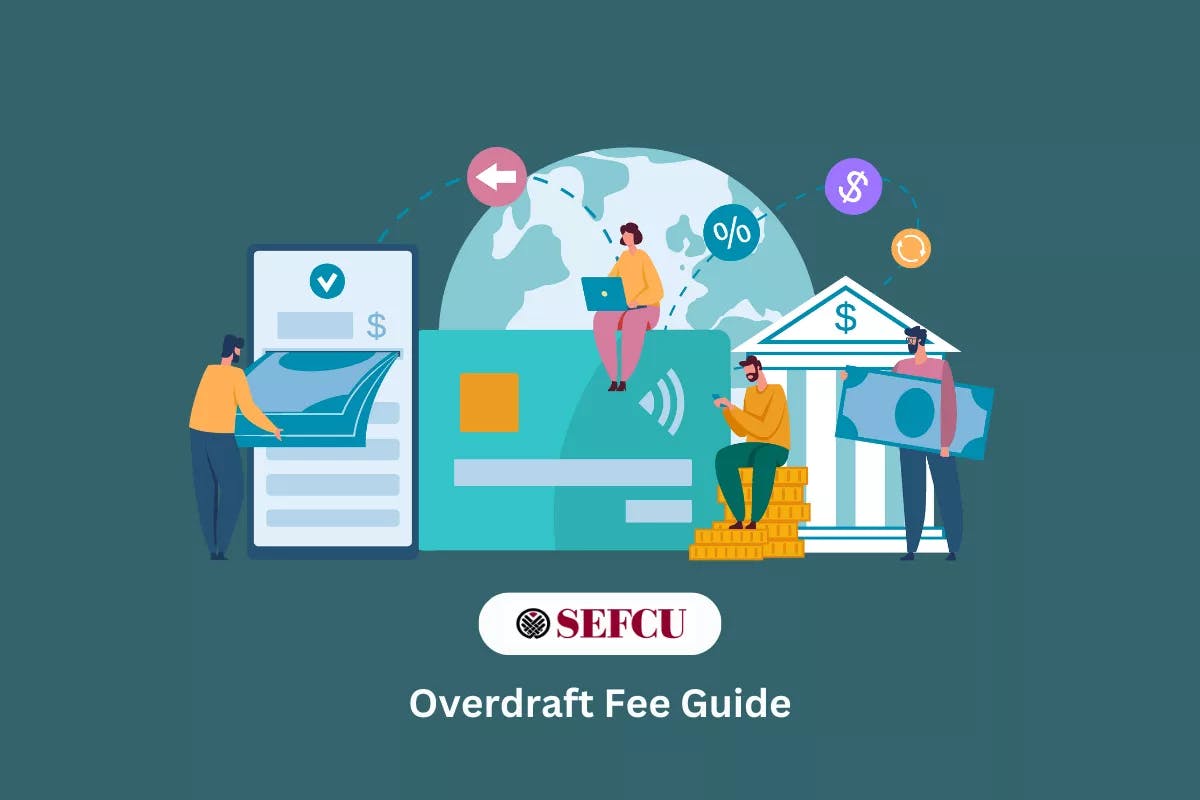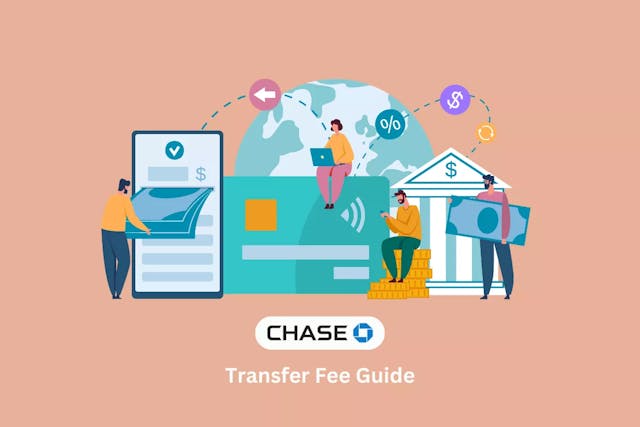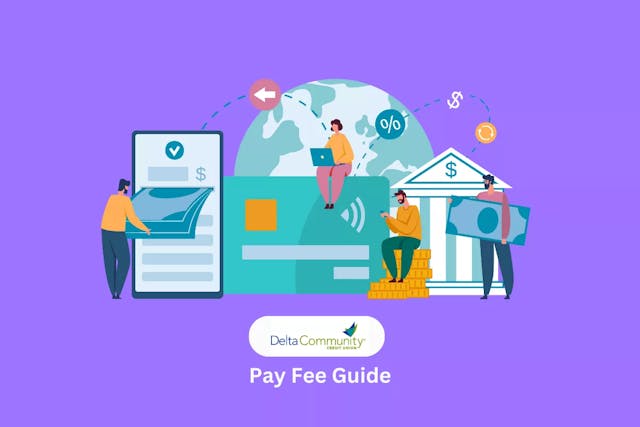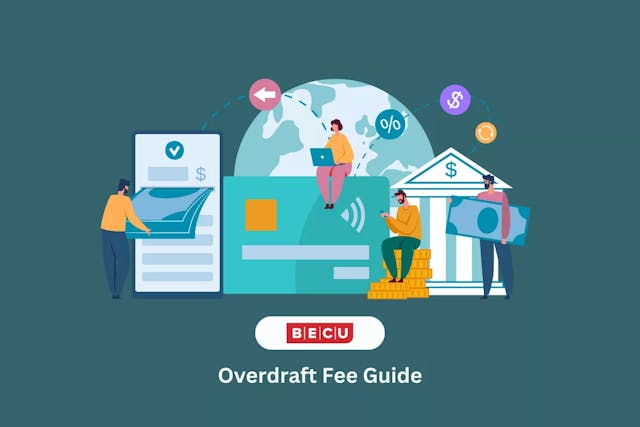What Is an Overdraft Fee?
State Employees Federal Credit Union (SEFCU) can issue you an overdraft fee when you don’t have enough money in your account to complete a transaction but the credit union pays for the transaction anyway. By covering the transaction, SEFCU allows your account balance to go negative, but will charge you a fee for it.
Transactions that can trigger an overdraft item fee include:
- Checks or other transactions made using your checking account number
- Automatic bill payments (e.g. auto-pay utility bills, credit card payments)
SEFCU can cover other types of overdraft transactions, including ATM transactions and one-time debit purchases, but you must opt in before they cover those transactions.
Financial institutions are not obligated to cover any transactions that overdraft your account, regardless of transaction type or overdraft protection status. The decision is ultimately at their discretion.
How Much Does an Overdraft Fee Cost at SEFCU?
SEFCU charges $28 per item that overdraws your account.
Related Fees
If you overdraft your account, a number of scenarios could occur.
- Overdraft fee
- Insufficient funds fee
- Overdraft protection transfer fee
Overdraft fee
Overdraft fees most often occur when you are not opted into overdraft protection and the financial institution allows you to overdraft your account on automatic bill payments, checks, and other transactions made using your checking account number.
Insufficient funds fee
An insufficient funds fee — also known as a returned item fee or non-sufficient funds (NSF) fee — occurs when you make a purchase but there are not enough funds in your account to cover the transaction. Instead of covering for you, the financial institution will decline the transaction, or return the item unpaid. SEFCU charges $8 for each item that is returned unpaid. SEFCU will not charge you an insufficient funds fee for ATM or debit card transactions unless you’ve opted into the service, but can charge you a fee for automatic bill payments, checks, and other transactions made using your checking account number.
Overdraft protection transfer fee
Overdraft protection transfer fees most often occur when you are opted into overdraft protection and the financial institution allows you to overdraw your account by transferring funds from a qualifying linked account. Rather than a $28 overdraft fee, SEFCU will charge a $2.50 overdraft protection transfer fee if you transfer from a savings account. The credit union also allows overdraft protection transfers from personal lines of credit.
Special Considerations
There is no limit to the number of overdraft fees that SEFCU can charge you on a single day.
SEFCU also offers a premium overdraft service, which covers checks, ACH transactions, and recurring debit transactions for cheaper than the standard $28 overdraft fee. You can also opt in to have SEFCU cover ATM transactions and one-time debit purchases with the premium overdraft service.
The added overdraft protection, which requires a linked account, is optional, and your financial institution is legally required to ask whether or not you want to opt in. While overdraft protection can help in a pinch, it may actually make more financial sense for you not to opt in.
According to a study by the Consumer Financial Protection Bureau, accounts that aren’t opted in typically pay less on bank fees than accounts that are opted in. If you’re having doubts about opting into overdraft protection, just remember that you can opt in or out at any time.
Learn more about what you should know before opting into overdraft protection.
How to Avoid an Overdraft Fee
Overdraft fees are one of the most common charges detected on Cushion customers’ accounts, but there are small actions that you can take to avoid them:
- Keep an eye on your account balance and charges.
- Sign up for low-balance notifications.
- Carefully consider whether you should opt into overdraft protection.
Learn more about how to avoid an overdraft fee.
How to Get an Overdraft Fee Refund
Believe it or not, you can negotiate bank fees with your financial institution. In fact, you may be surprised at just how much money you can reclaim.
Here’s what you can do to increase your chances of successfully getting an overdraft fee refund.
Prepare your information
Name, address, bank account number, and the fees that you’d like to negotiate.
Introduce yourself
“Hello. My name is , and I recently received an overdraft fee. I’m contacting you to see if you would be willing to issue me a refund.”
Have your points of leverage ready
Have you been financially affected by COVID-19? Are you a loyal customer who has banked with SEFCU for an extended period of time? Do you have multiple accounts with the credit union? Do you make regular deposits? Is this overdraft a rare occurrence?
Be patient, persistent, and prepared not to get a refund every time
Most importantly, try to stay calm during the negotiation. A little kindness goes a long way and can help you to secure a refund. That doesn’t mean that you shouldn’t press the issue if the customer service representative initially says “no.” You’ve prepared your points of leverage for this exact moment.
Last but not least, you might lose the negotiation — and that’s okay. Not every negotiation will yield a win. Try not to get discouraged, but do try to take the necessary steps to avoid an overdraft fee in the future.
Learn more about how to get an overdraft fee refund.
Find SEFCU’s overdraft specifications here.



